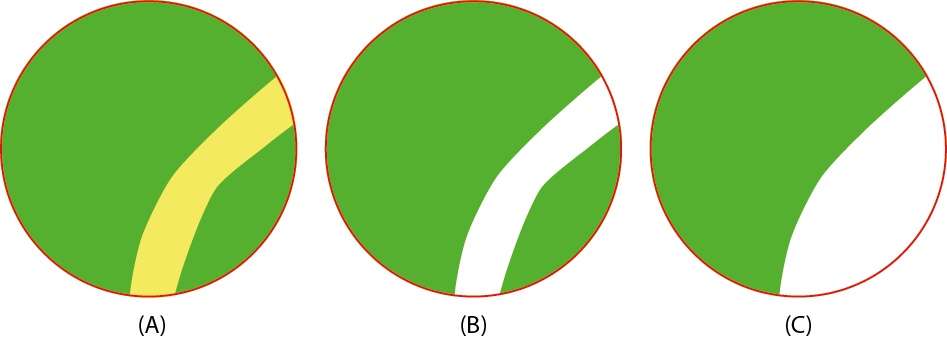I have a set of polygon buffers that I need to clip where a road reserve polygon crosses the buffer. I then need to drop the parts (if any) of the buffer polygon that lie beyond the road. That is, working from the buffer centre, only keep buffer polygons that do not have a road reserve between them and buffer centre.
So far I can produce the separate buffer polygons using AreaOnAreaOverlayers and Tester transformers, drop the part relating to the road reserve but I can't seem to determine which polygons lie 'beyond' the road polygons.
Some assistance in solving this would be gratefully appreciated.















